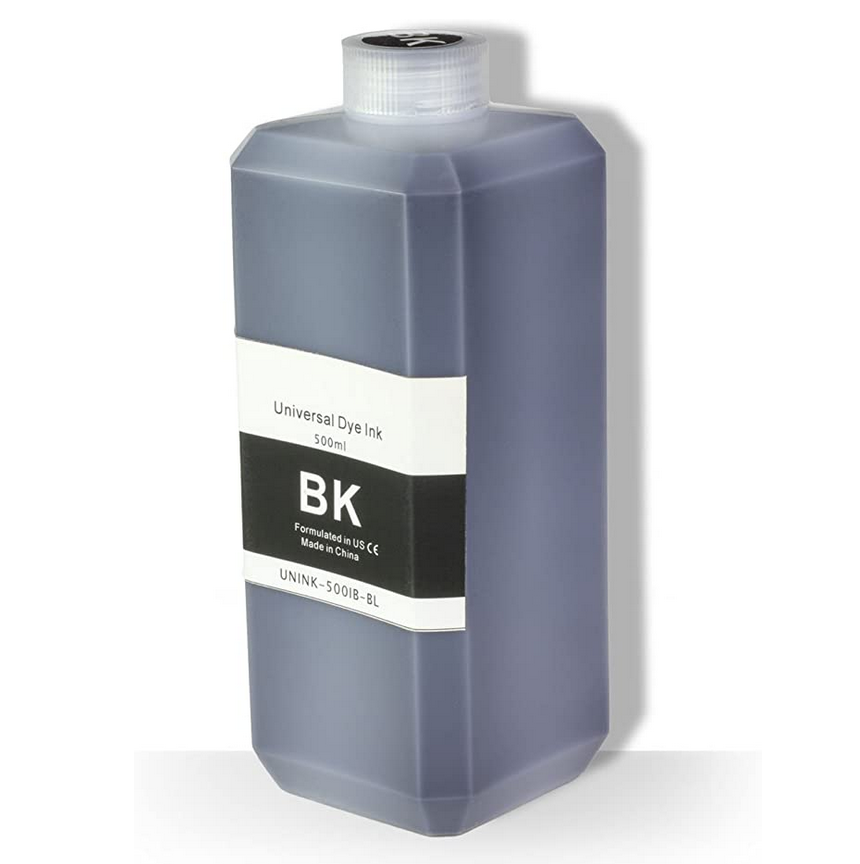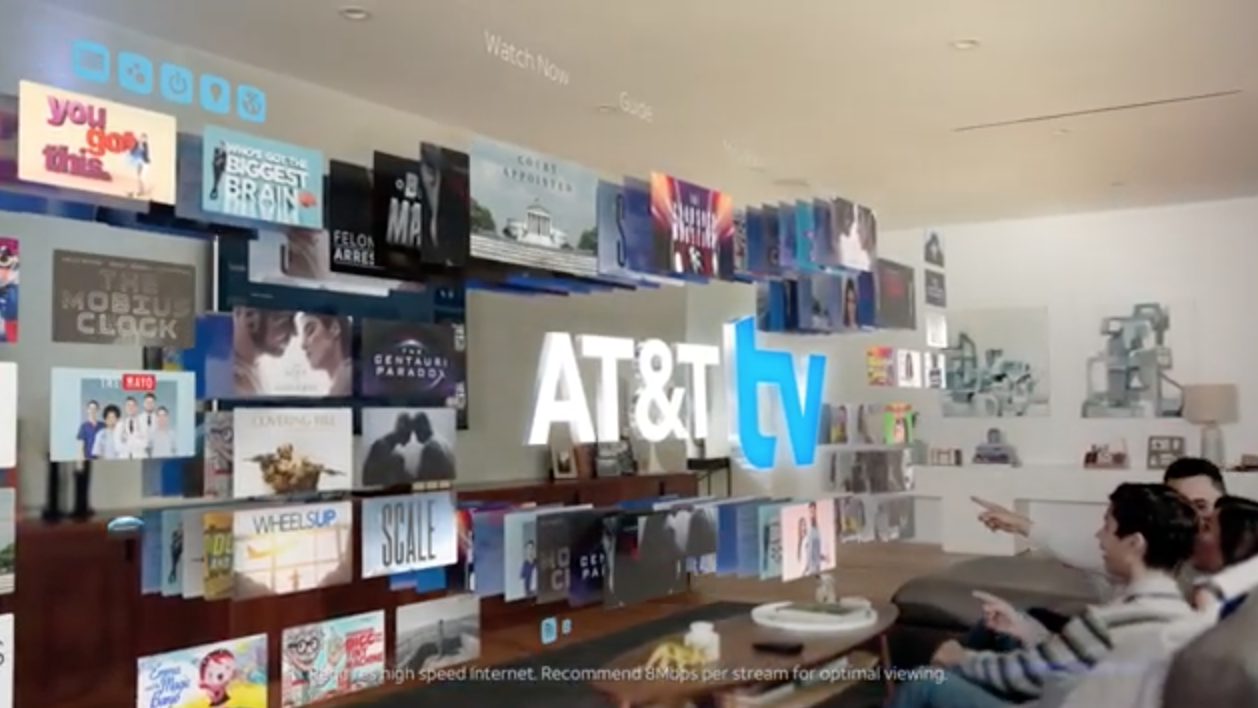
Advertised Savings on Amazon Prime-Eligible Product Listings
Consumer tip raises questions about how much you are really saving as an Amazon Prime member.
Ad industry self-regulatory body recommends changes to un-carrier's unintelligible promotion.

We’ve got some good news and some bad news regarding T-Mobile’s “Ditch & Switch” promotion.
The good news is that consumers can actually get more than the advertised $650 maximum by switching to T-Mobile.
“T-Mobile does not impose any limits on the amount that it will reimburse for what is owed to a previous carrier for the consumer’s phone,” according to a recent decision by the National Advertising Review Board (NARB), the appellate unit of the advertising industry’s self-regulatory bodies that includes The National Advertising Division (NAD) is the advertising industry’s self-regulatory body administered by the Council of Better Business Bureaus..
The bad news is that the trade-in credit that consumers receive when they swap phones as part of the reimbursement process “may only be used to pay the consumer’s obligations to T-Mobile.” That means switching to T-Mobile requires consumers to incur out-of-pocket costs to pay off the outstanding balance owed to their old carriers (read: early termination fees). While consumers are eventually made whole through a prepaid card, a previous NAD ruling said that making consumers pay these fees conflicts with claims that T-Mobile will “pay off your phone,” “pay off every last cent,” or “cover every penny,” all of which imply that T-Mobile settles up with your former carrier directly.
RELATED: Mixed signals from cellphone ads
NAD, which initially looked into T-Mobile’s advertising after competing carrier AT&T complained, had recommended that T-Mobile discontinue these statements as well as claims that the most T-Mobile will pay consumers who switch is $650, which may have led some consumers to expect less than what they could actually get. T-Mobile appealed the ruling, at which point the case went to the NARB.
The NARB said T-Mobile should either modify its “up to $650” claim or drop the claim entirely. It also recommended that the carrier more clearly explain the reimbursement process and time frame. T-Mobile, for its part, said it would abide by the NARB’s decision.
However, the company’s apparent grasp of the meaning of “up to” leaves something to be desired. Currently on its website (see small print in the screenshot above) T-Mobile states that consumers can get “up to $650 or more” by switching to T-Mobile. But doesn’t “up to” indicate a limit and “or more” an amount that is limitless? If that’s not a mixed signal, we don’t know what is.
Find more of coverage on phones here.
Our Ad Alerts are not just about false and deceptive marketing issues, but may also be about ads that, although not necessarily deceptive, should be viewed with caution. Ad Alerts can also be about single issues and may not include a comprehensive list of all marketing issues relating to the brand discussed.
Consumer tip raises questions about how much you are really saving as an Amazon Prime member.
‘The future of TV has finally arrived’ and with it, hidden fees.
Streaming service advertises a monthly rate for a wrestling package that has no monthly plan.

